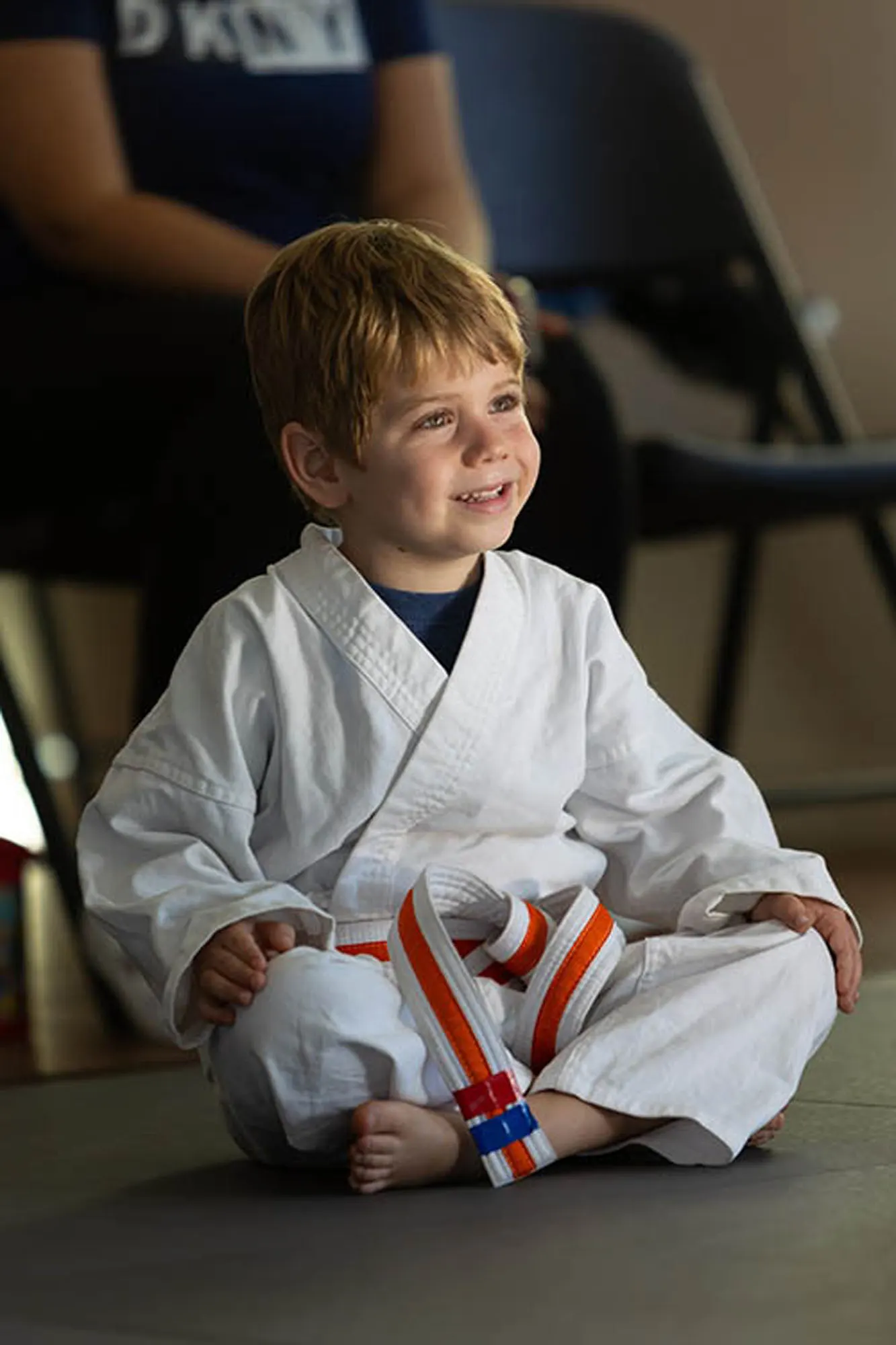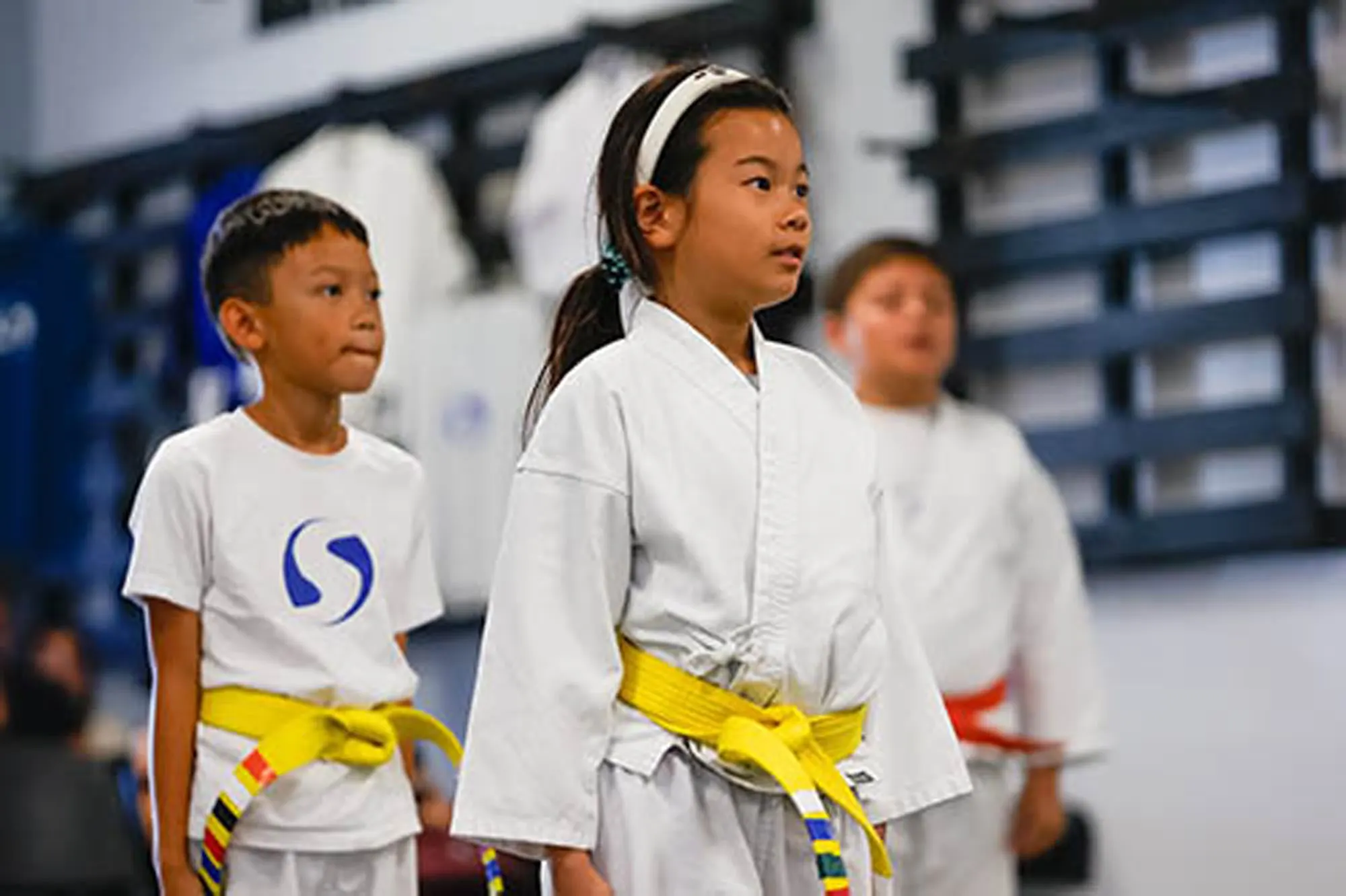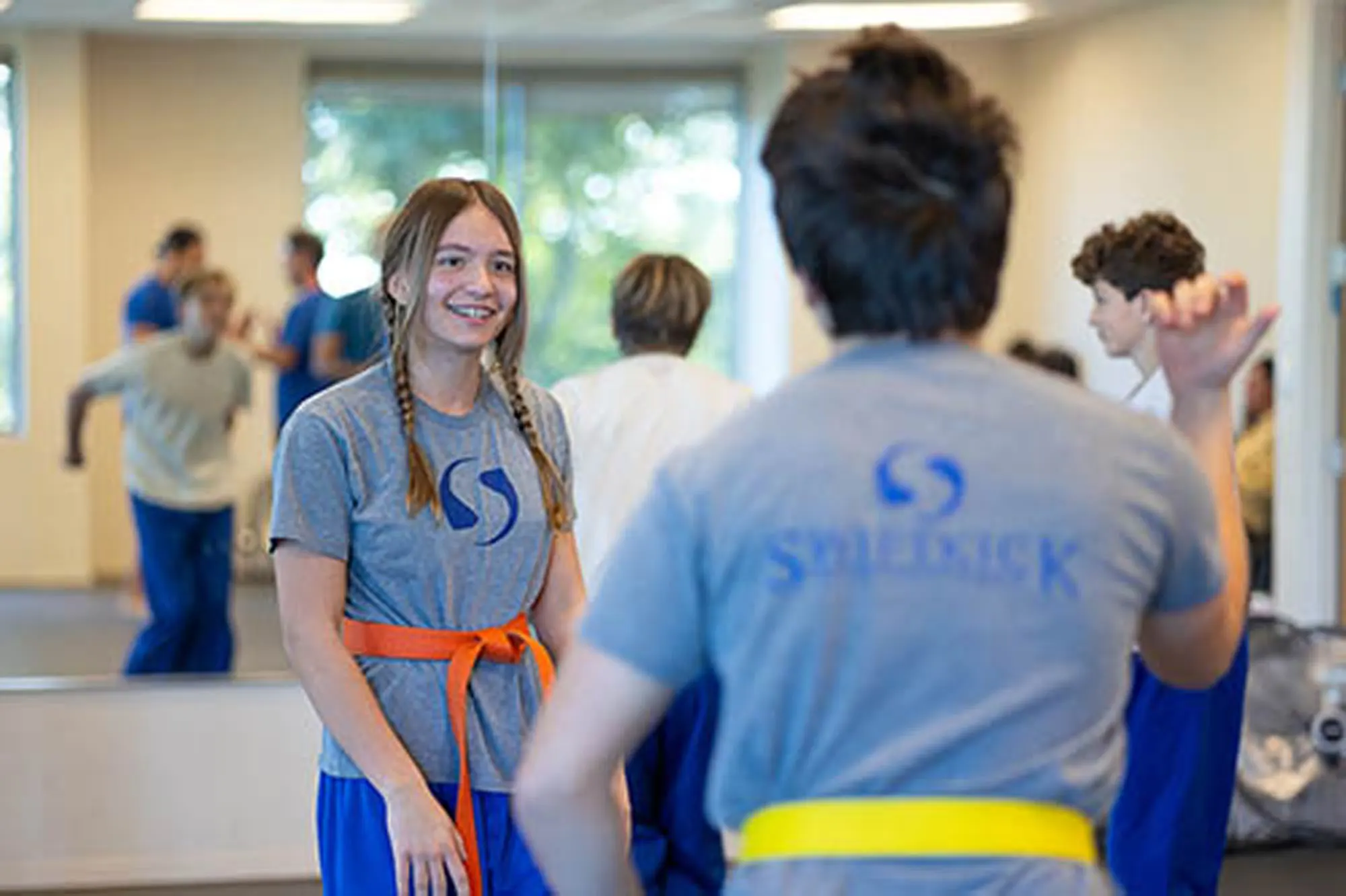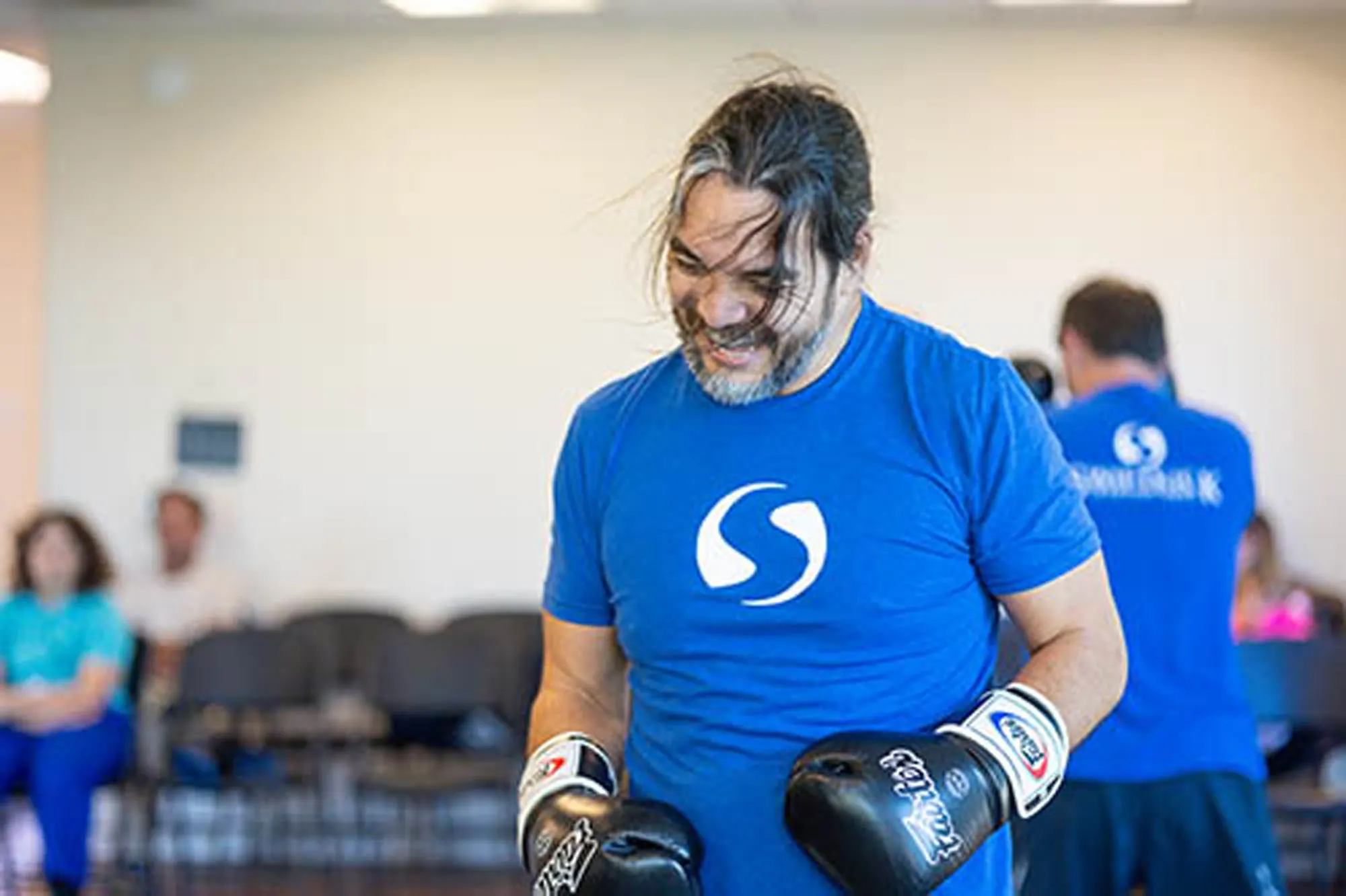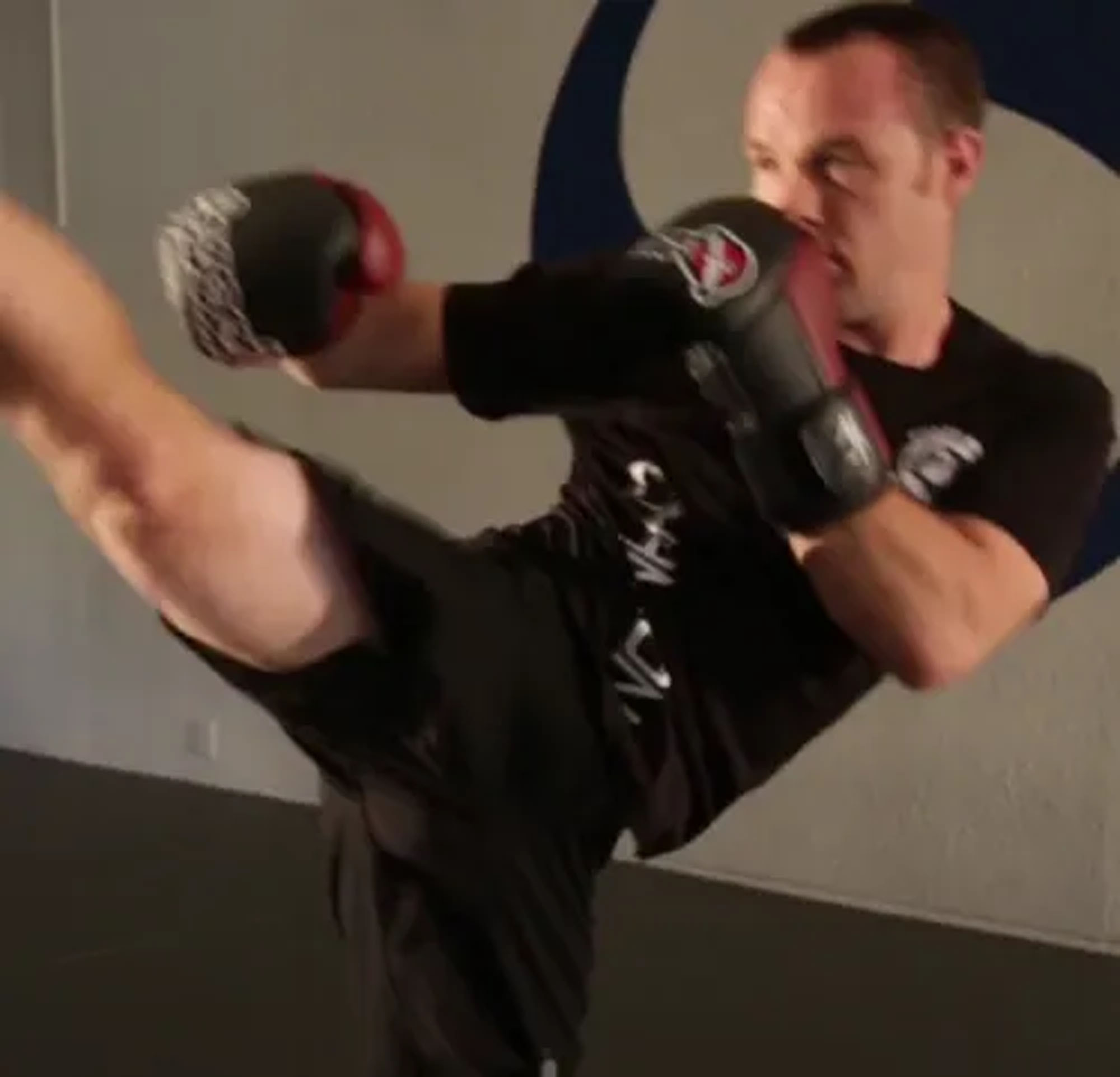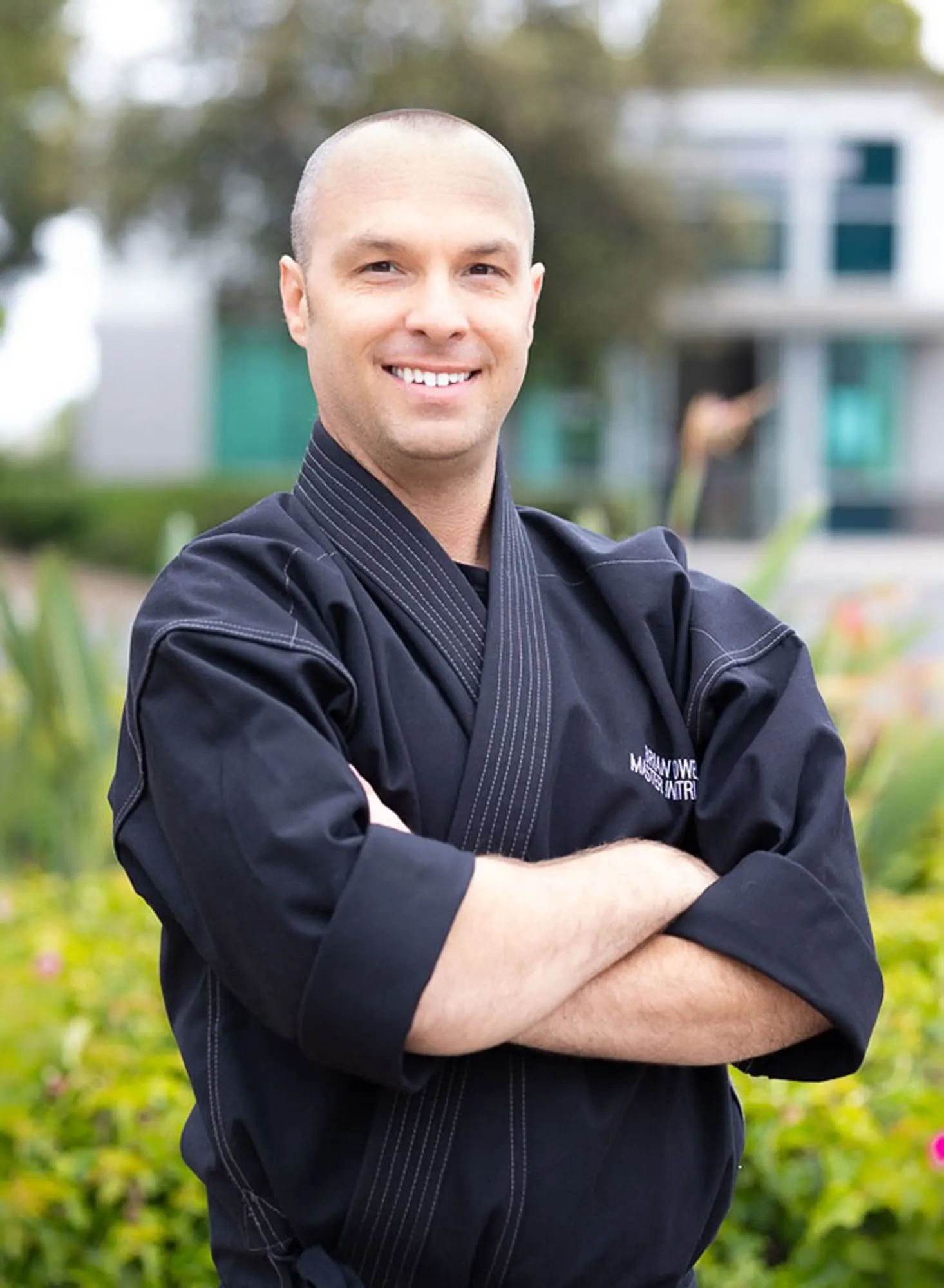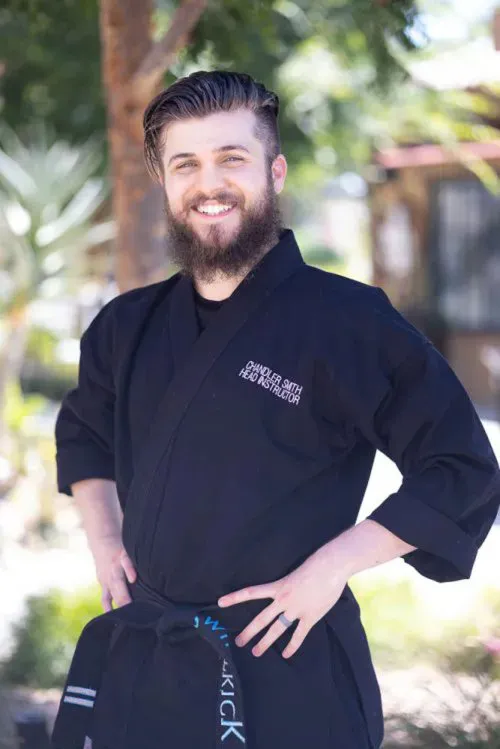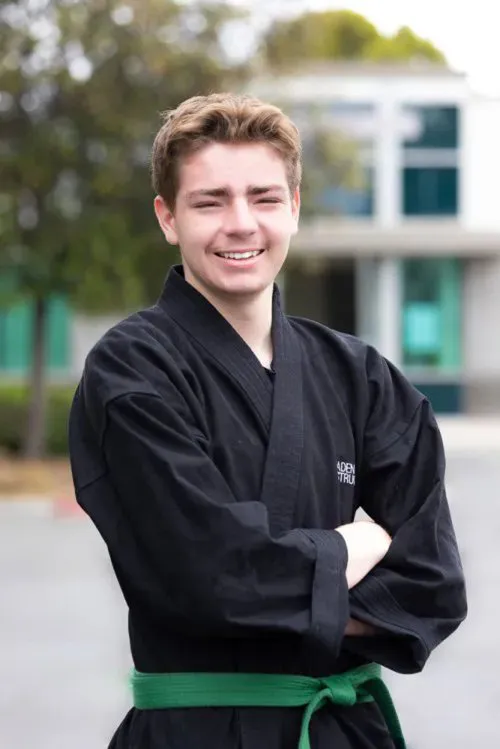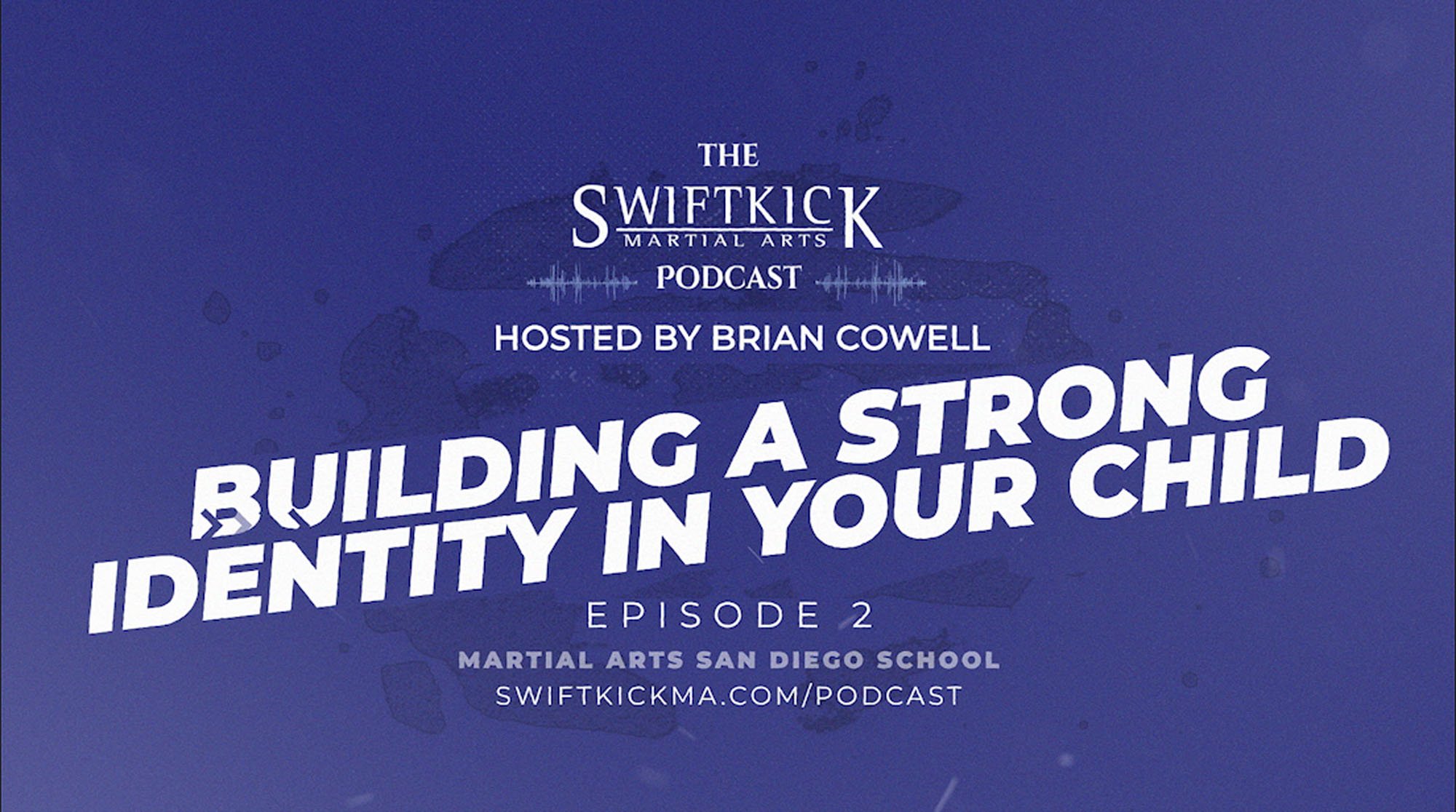
Why Choose SwiftKick Martial Arts?
If you're searching for top-notch martial arts in San Diego, look no further. Our martial arts classes offer a diverse range of programs tailored to all ages and skill levels.
OUR UNIQUE MODULE METHOD
Discover how SwiftKick's innovative and unique Module Method utilizes a dynamic training system that rotates through Boxing, Kicking and Grappling to build complete martial artists in mind, body, and character.
LEARN MOREWE FOSTER LIFE SKILLS
SwiftKick's progressive curriculum blends movement, mindset, and mentorship with our 5-Step Black Belt Process to help kids and adults develop real-world life skills like confidence, focus, discipline, and emotional resilience on and off the mat.
LEARN MORECOMMITMENT TO COMMUNITY
SwiftKick Martial Arts hosts free community events and works side-by-side with educational and local partners to build a stronger, connected San Diego community through service and movement.
LEARN MORE